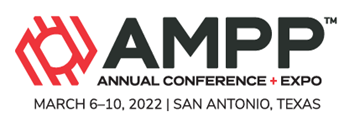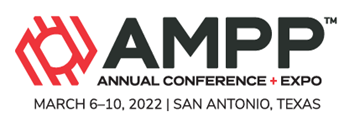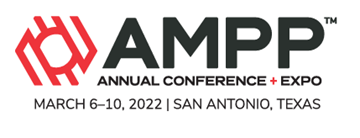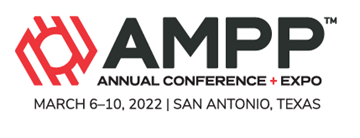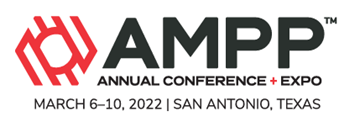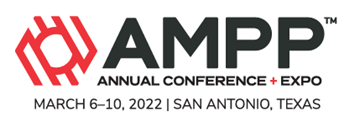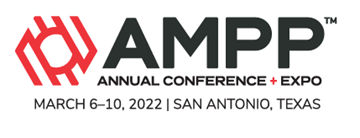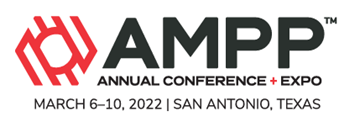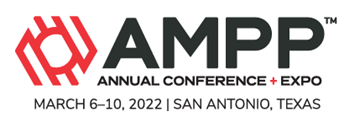Search
Products tagged with '2022 conference papers'
View as
Sort by
Display
per page
Guidance For Thermal Stability Of Common Oilfield Chemicals
Product Number:
51322-17745-SG
Publication Date:
2022
$20.00
Guideline To Determine Erosional Velocity For Liquid Hydrocarbon Transmission Pipelines
Product Number:
51322-17812-SG
Publication Date:
2022
$20.00
Guidelines For The Collection Of Reliable And Practicable ECDA Indirect Inspection Data
Product Number:
51322-17978-SG
Publication Date:
2022
$20.00
Handling Extreme Environments With Supoxy Platform Technology
Product Number:
51322-17643-SG
Publication Date:
2022
$20.00
High Temperature Corrosion Resistance Of Alloy N07740 In Solar And Low Emission Ultrasupercritical Power Generation
Product Number:
51322-17945-SG
Publication Date:
2022
$20.00
Highlighting The Use Of Brush Plating For Plating On Titanium, Nickel Plating, Copper Plating And Metal Matrix Composite Materials
Product Number:
51322-18229-SG
Publication Date:
2022
$20.00
Highly Durable Solventborne Silicone Organic Hybrid For Protective Coating Applications
Product Number:
51322-17537-SG
Publication Date:
2022
$20.00
Horizontal Directional Drilling In External Pipeline Coating Integrity
Product Number:
51322-17785-SG
Publication Date:
2022
$20.00
How A Single-Coat, Non-Hazardous Epoxy Saves Charlotte Water Money In The Long Run
Product Number:
51322-17988-SG
Publication Date:
2022
$20.00
How The Right Pot Choice And System Set Up Can Improve Blasting Efficiency Continued
Product Number:
51322-17932-SG
Publication Date:
2022
$20.00
How To Acquire A Reliable Scale Inhibitor MEC Number Based On Laboratory Testing Results – A Field Case Analysis
Product Number:
51322-17623-SG
Publication Date:
2022
$20.00
Hydrochloric Acid Corrosion Of A Venturi Gas Scrubber In A Continuous Catalyst Regeneration (CCR) Platformer
Product Number:
51322-17770-SG
Publication Date:
2022
$20.00

